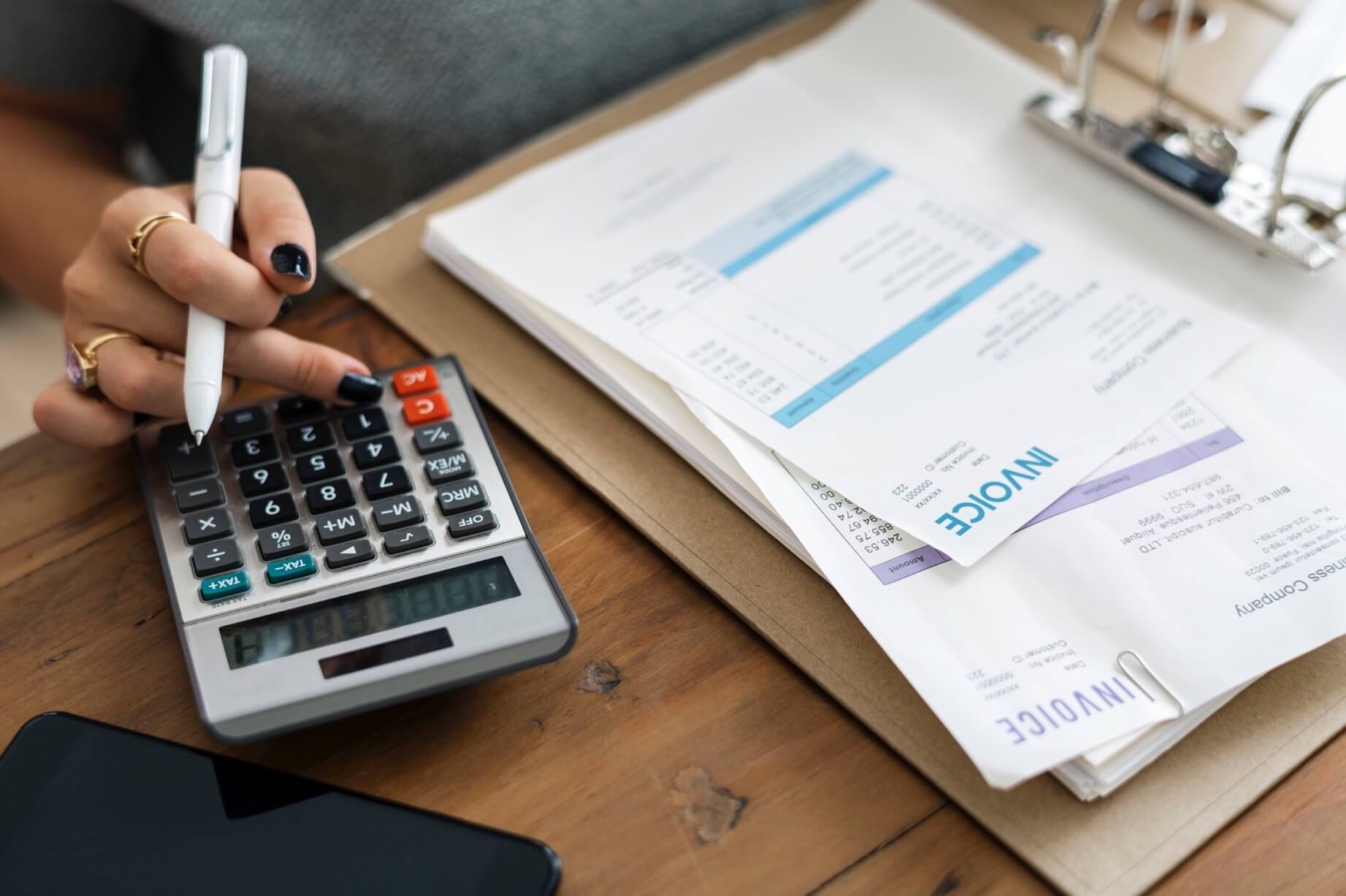Introduction
Currency pairs are the foundation of forex trading. They represent the relative value of one currency against another and serve as the basis for buying and selling currencies in the foreign exchange market. In this blog post, we will explore the role of currency pairs in forex trading and how understanding them is essential for successful trading.
1. Understanding Currency Pair Basics
In forex trading, a currency pair consists of two currencies and is quoted as a ratio that indicates how much of the quote currency is required to buy one unit of the base currency. For example, in the popular EUR/USD currency pair, the euro (EUR) is the base currency, and the US dollar (USD) is the quote currency. Understanding the basics of currency pairs is essential for interpreting exchange rates and making informed trading decisions.
2. Determining Currency Pair Volatility
Currency pairs exhibit varying levels of volatility, which refers to the degree of price fluctuations over time. Some currency pairs, known as major pairs, are highly liquid and traded in large volumes, resulting in relatively lower volatility. On the other hand, exotic currency pairs, which involve currencies from emerging or less frequently traded economies, tend to have higher volatility. Traders need to consider volatility when selecting currency pairs to trade, as it affects the potential risk and reward of a trade.
3. Evaluating Currency Pair Correlations
Currency pair correlations refer to the statistical relationship between the price movements of different currency pairs. Understanding correlations can help traders diversify their portfolios and manage risk. Positive correlations imply that two currency pairs tend to move in the same direction, while negative correlations indicate that they move in opposite directions. By analyzing correlations, traders can identify potential trading opportunities or hedge their positions by trading correlated or negatively correlated currency pairs.
4. Considering Currency Pair Liquidity
Liquidity is a crucial factor in forex trading, as it determines the ease with which traders can enter and exit positions. Currency pairs with high liquidity have a large number of buyers and sellers, resulting in tighter bid-ask spreads and lower transaction costs. Major currency pairs, such as EUR/USD and GBP/USD, typically offer high liquidity, making it easier to execute trades at desired prices. Traders should consider liquidity when selecting currency pairs to ensure efficient trade execution.
5. Analyzing Currency Pair Trends
Examining currency pair trends is essential for traders to identify potential trading opportunities. Technical analysis tools, such as chart patterns, indicators, and trend lines, are commonly used to analyze currency pair price movements. By studying historical price data, traders can identify trends such as uptrends, downtrends, or sideways movements. Understanding currency pair trends can help traders determine entry and exit points, set profit targets, and manage risk effectively.
Conclusion
Currency pairs play a central role in forex trading, serving as the foundation for buying and selling currencies. Understanding currency pair basics, evaluating volatility and correlations, considering liquidity, and analyzing trends are all crucial aspects of successful trading. By gaining a comprehensive understanding of currency pairs and their dynamics, traders can make informed decisions, develop effective trading strategies, and navigate the forex market with confidence and profitability.


